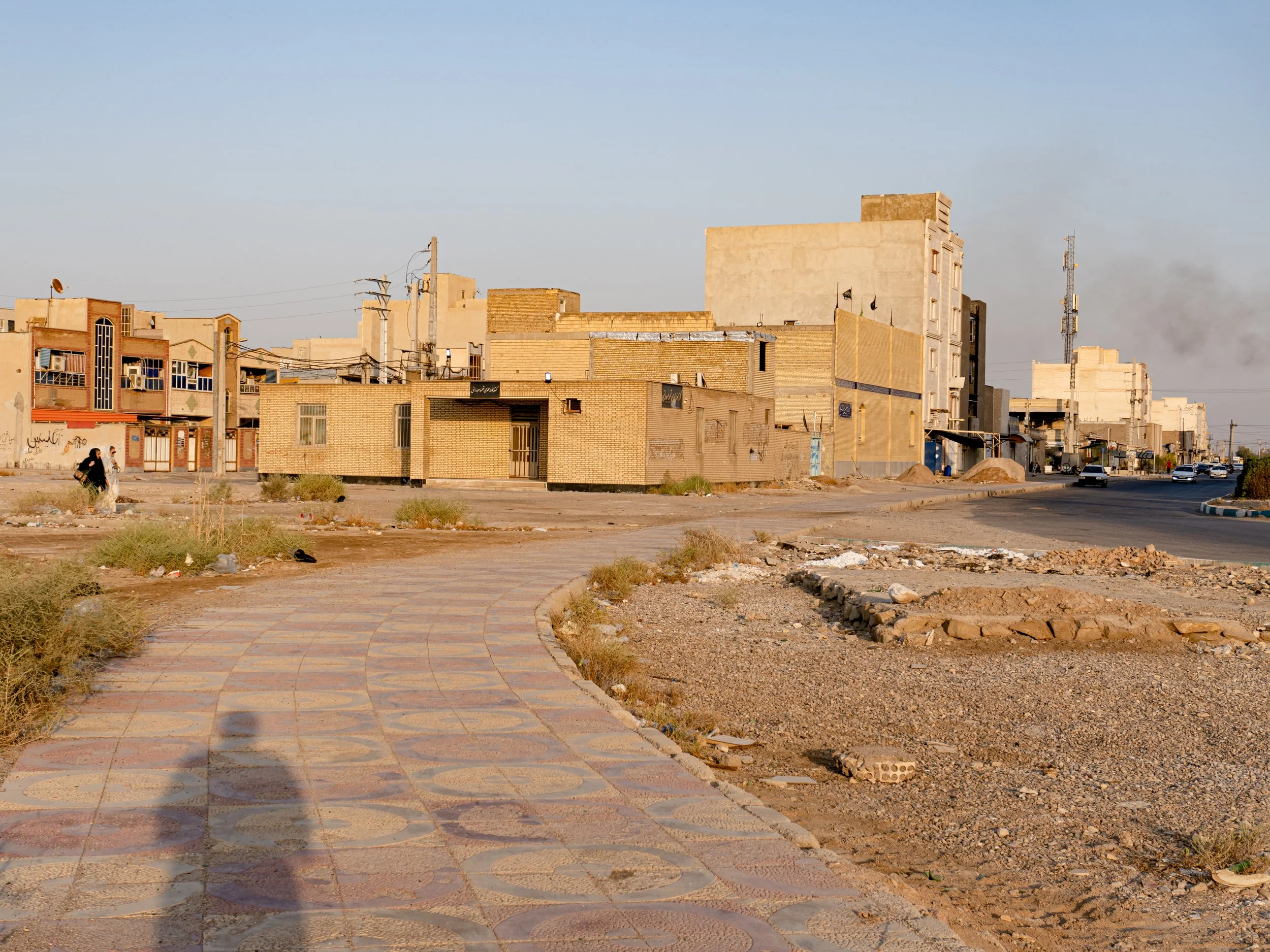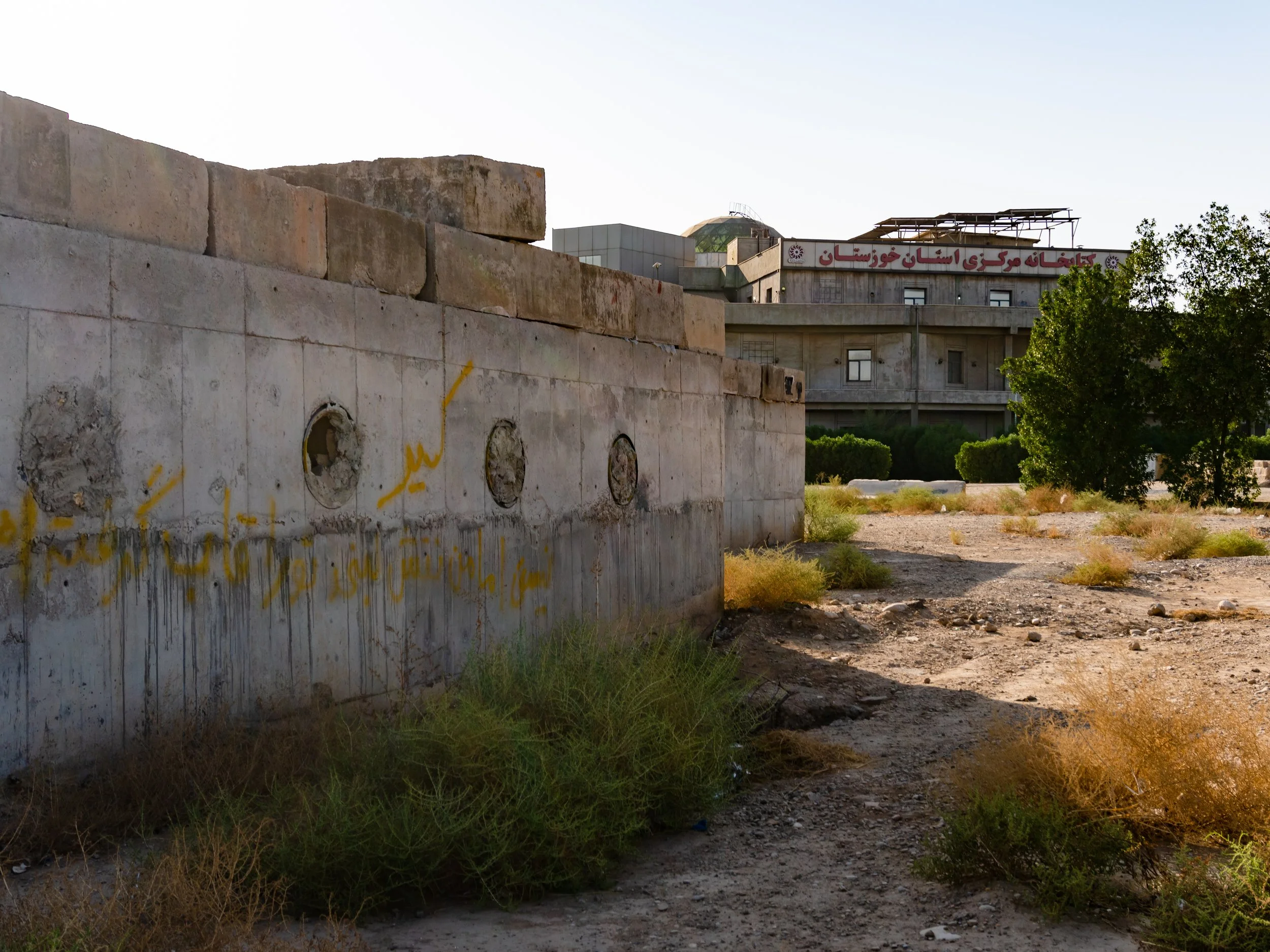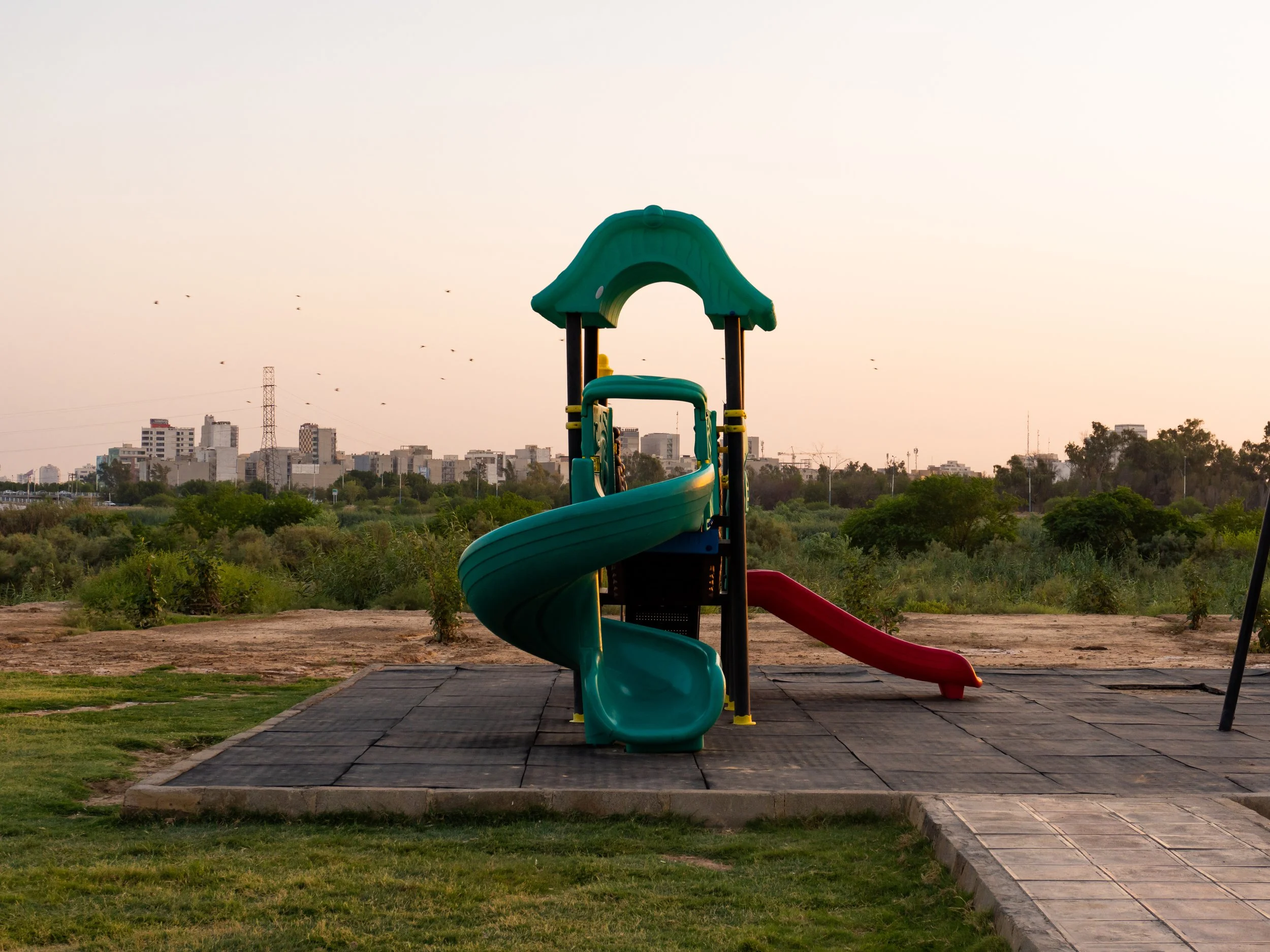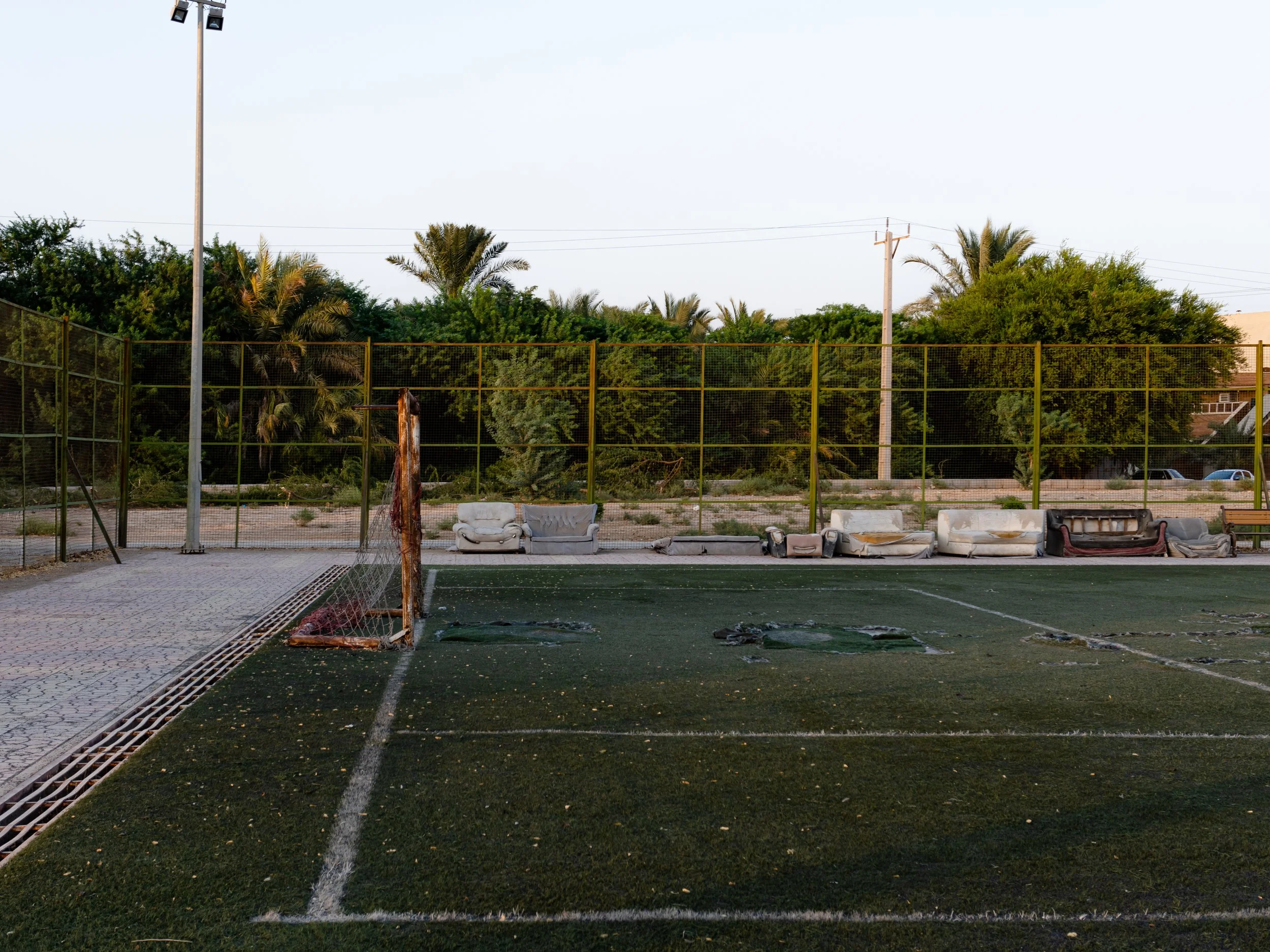HEAT AND SILENCE OF AHVAZ: THROUGH THE LENS OF MOSTAFA SHAHABI
At just 21 years old, Tehran-based photographer Mostafa Shahabi has already carved a distinct path through the Iranian visual arts landscape. Born in Ahvaz in 2003, Shahabi’s early life was marked by a rich engagement with multiple forms of creativity: drawing, painting, music, and literature. Yet it was photography and cinema, embraced at the age of sixteen through the Iranian Youth Cinema Society, that ultimately became the vessels for his artistic exploration. “I perceive an artwork as a composition of multiple elements that the artist must arrange in relation to one another,” Shahabi explains, articulating a philosophy that blends technical precision with conceptual inquiry. In his hands, photography is not merely a medium of representation but a careful orchestration of light, form, and context.
Shahabi’s artistic practice is rooted in the intersection of geography, culture, and perception. Place, for him, is not simply a backdrop - it is a source of inspiration and a subject in itself. This is especially evident in his long-term project on Ahvaz, the city of his birth. Over the past three years, Shahabi has documented the urban landscape of the hottest city in the world, where global crises and personal memory converge. “This project began with the reality of global warming and grew into a deeply personal reflection on Ahvaz,” he says. “Through photographing the city, I find myself standing at the intersection of two worlds: the intimate realm of nostalgia and childhood memories, and the global crisis of climate change.” The resulting images are stark, contemplative, and often haunting. During the city’s hottest hours, deserted streets and empty squares reveal Ahvaz as if abandoned - a visual testament to the pressures of extreme heat and fragile urban infrastructure.
“ Through photographing the city, I find myself standing at the intersection of two worlds: the intimate realm of nostalgia and childhood memories, and the global crisis of climate change.”
Shahabi’s photographs also reflect the broader socio-economic realities of the region. Despite having one of the highest birth rates in Iran, Khuzestan suffers from low population growth due to migration, combined with unemployment exceeding 40 percent and persistent inflation. “Photographing this environment has been both a challenge and a necessity,” he reflects. “These images are not only visual documents but also silent elegies, an attempt to preserve the memory of a city caught between resilience and decline.”
This engagement with place extends beyond documentation; it embodies Shahabi’s broader approach to art. When asked about the message behind his work, he emphasizes perception over prescription: “I do not believe my art must convey a specific message. My focus is on defining a situation, one that the audience can perceive and explore.” In Ahvaz, this manifests in images that invite the viewer to witness both the intimate and the catastrophic, the personal and the collective.
Observation, for Shahabi, is the core of his practice. “The experience of observing and contemplating a work of art is fascinating to me,” he explains. “Any emotion that arises in the viewer - fear, sadness, comfort, lightness - is equally engaging. The diversity of responses is what I find compelling.” His meticulous approach - rooted in research, experimentation, and ritualized writing - ensures that every project, from Ahvaz to collaborative cinematic work, carries both conceptual depth and technical precision. For him, success is measured less by external recognition than by the richness of the process itself. Ambition, he notes, lies in creating conditions that allow exploration on a larger scale, producing work that is simultaneously rigorous and enjoyable. It is this balance of curiosity, reflection, and disciplined observation that gives his photography its distinctive voice.







Through the lens of Mostafa Shahabi, Ahvaz becomes more than a city - it is a repository of memory, a stage for contemplation, and a mirror reflecting the delicate intersection of human experience and environmental urgency. His work reminds us that photography, when pursued with curiosity and care, can both document reality and reveal the subtle, often overlooked poetry of place. At once intimate and expansive, structured yet inviting, it stands as a testament to the boundless potential of seeing the world not only as it is, but as it can be imagined, understood, and profoundly experienced.
Follow Mostafa’s work on Instagram at @mostafa.shhb and stay tuned for future features of Creative Intersect at @thecreativeintersect.




